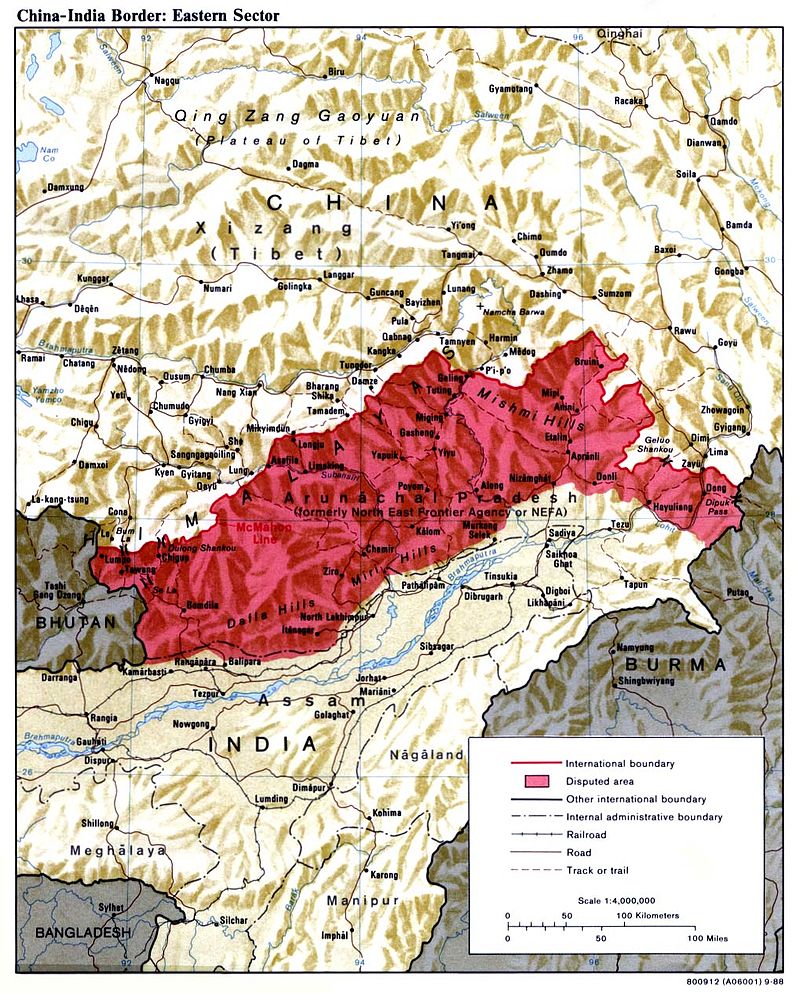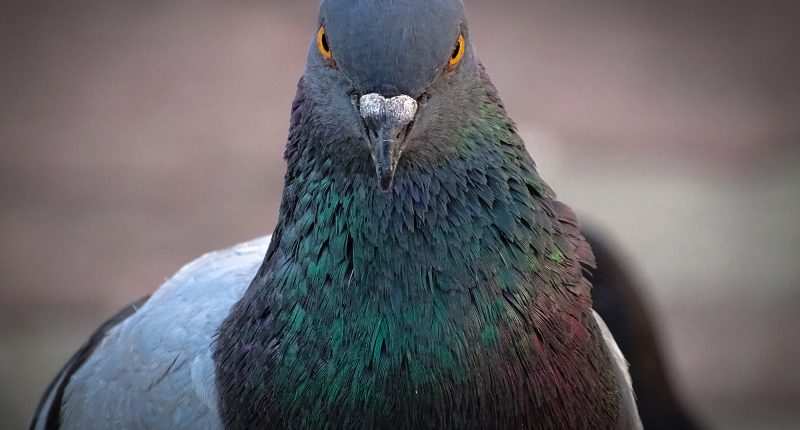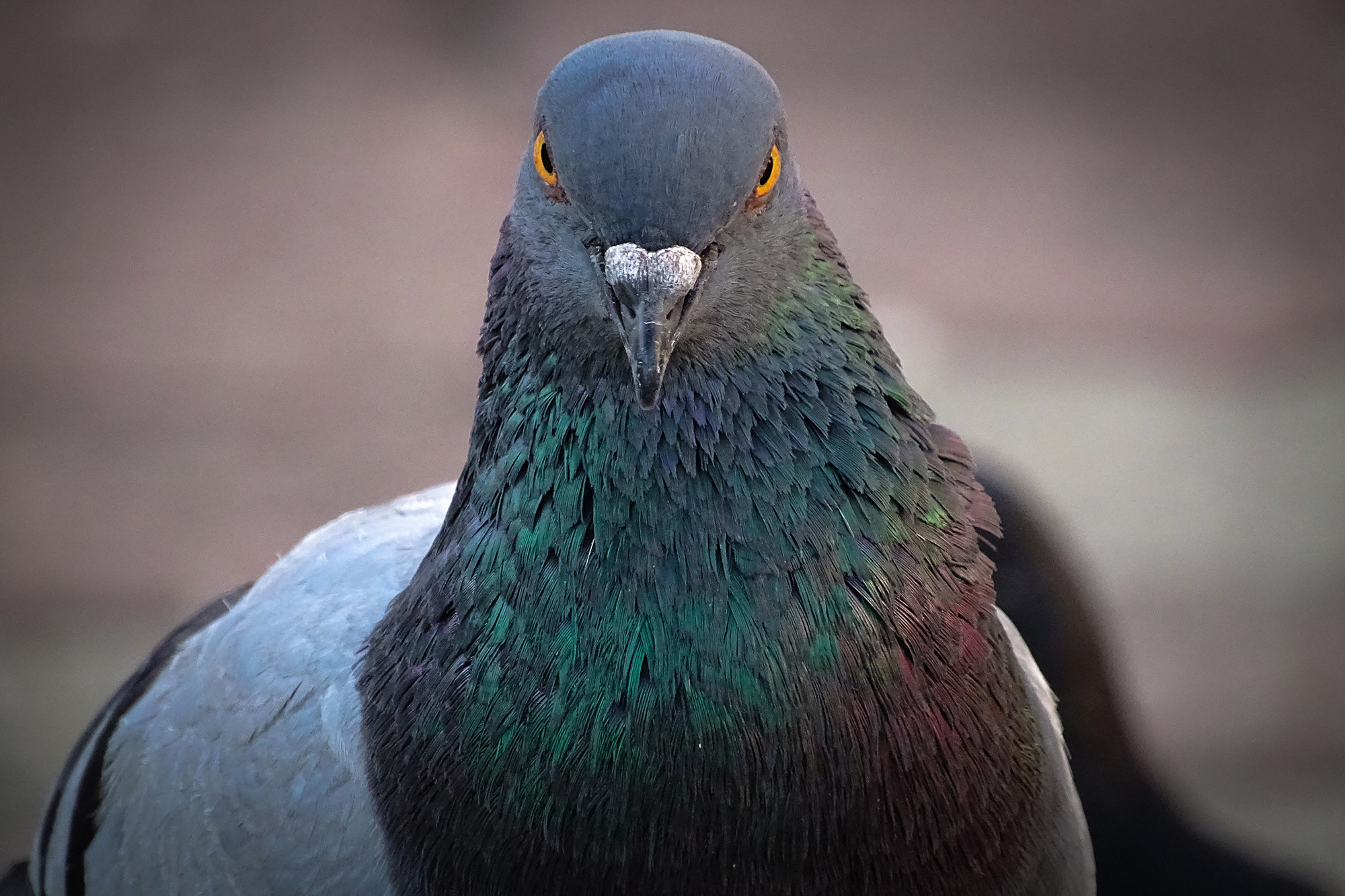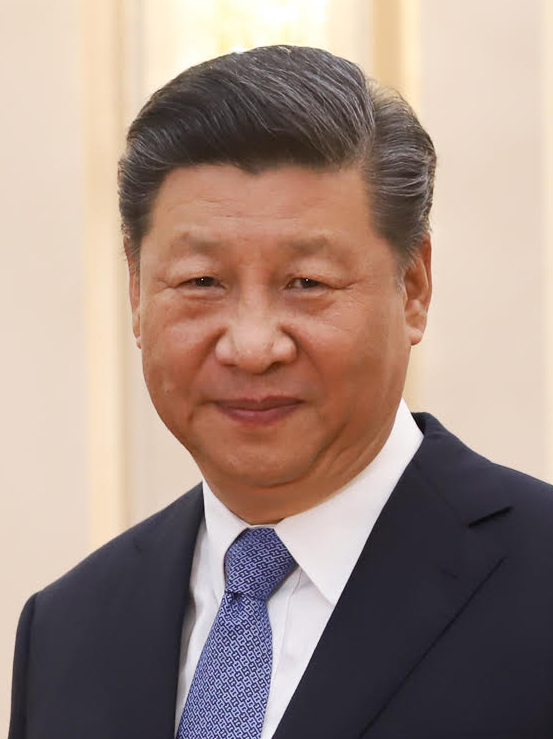New Delhi: The capturing of Chinese spy-pigeons as well as human spies in India, and the detention of ‘case officers’ in Australia and United States have all evoked disturbing whispers across the Joint Staff Department (JSD) and the Strategic Support Force (SSF) office in China’s Ministry of State Security – bodies now under tremendous fear that their espionage networks run the risk of being exposed.
In the last two years, innocuous seeming pigeons were often seen flying over the Indo-China border, but their patterns of gliding in repeated swooping patterns seemed overly repetitive; patters which raised suspicion among personnel posted at Indian army stations on the border.
Upon investigation it turns out the specially trained pigeons were mapping information provided by the landscape visible over several square kilometres beneath them, and covering the Indian villages of Kaho, Kabithu, Niti, Badrinath, Mana Pass, (all within just a few kilometers of the Chinese border).
These villages all fall within the border districts of Anjaw, Lohit and Chamol in far north and north-east of India.
Chinese forces employing pigeons in this role is primarily aimed at achieving better low altitude imagery which otherwise would prove dangerous, and highly obvious, if undertaken by piloted aircraft or drones.
The pigeons have strong navigational skills with an inbuilt ‘compass’ used to return to base, and are capable of reaching flying speeds of over 100 kilometres an hour in the right conditions.
Within minutes of their acrobatic displays, the footage collected can be transmitted to the computer screens of spy-masters ensconced in bunkers well beyond the McMahon line looking for routes by which to help infiltrate their ‘agents’ onto Indian soil.

Indian villages on the border are generally considered a second line of defence as inhabitants are known to tip-off the Indian army or local police when sighting any unusual people in the area.
The spy-pigeon case was recently given credence when a youth from the village of Niti caught a pigeon fitted with a micro-camera which he turned in to the nearest Indian army checkpoint.
On closer examination of the bird, the micro-camera was found beneath the flanks of the bird, with a finely fitted harness woven round the hackles that ended near its leg.
The find was a prized catch for the Indian army which had been on the spy-pigeons’ trail for the last two years, but was struggling to gather enough evidence to prove their concerns.
The army meanwhile officially remains tight-lipped on the discovery.
The Indian army has now acquired a smart drone known as ‘Bharat’ (the Hindi name of India) which will be used in counter-intelligence operations including information gathering on the Chinese border.
“This seems ridiculous as drones are visible and can be shot down easily. When you mean business, do as Chinese did (enlisting the) help of spy-pigeons. When they wanted to frighten (a whole) country, they sent fighter-aircraft, as in the case of Taiwan. So I can’t understand whether India means business or are threatening them?” said a retired Indian army colonel on condition of anonymity.
India’s military intelligence on July 22nd apprehended an Indian national in Hawai (in the district headquarters of Anjaw) suspected of passing vital information on certain signals installations to China.
He was handed over to the local police.
Anjaw district police chief Hubang Hailyang could not be contacted on his mobile numbers, both official and personal, by The Taiwan Times correspondent, and a WhatsApp message did not elicit any response.
A decade ago, a Chinese youth, Guan Lian was arrested by local police in Arunachal Pradesh (the Indian State bordering China) when he was found to be moving in suspicious circumstances in Lohit district.
He told the police that he had unintentionally ‘walked’ into India while escaping from the atrocities of the Chinese police.
The police did not buy his story.
Talking to The Taiwan Times, Lohit district Superintendent of Police D.W. Thungon said that earlier, Chinese used to infiltrate into the district in the guise of research scholars and victims of police brutality in China, but not anymore.
“The district has been bifurcated and now, no more, runs along the Chinese border,” he added.
China’s espionage network is gradually cracking.
The human intelligence (HUMINT) on which China has long banked is losing its charm, and its effectiveness.
Media reports point out that President Xi Jinping is aware of this, and has directed his intelligence ‘case officers’ to rope in journalists to project China in a good light after U.S. President Trump ordered China to shut its four-decade old consulate at Houston – thereby widening the rift between the two superpowers.
The International Federation of Journalists has also recently disclosed to the Al Jazeera news channel that scribes from 58 countries have been reached out to, in a bid to plant ‘sunshine stories’ on China.
It was reported that only 22 of the 58 consented in a virtual, but real setback for Xi- Jinping’s plans.













Comments are closed.